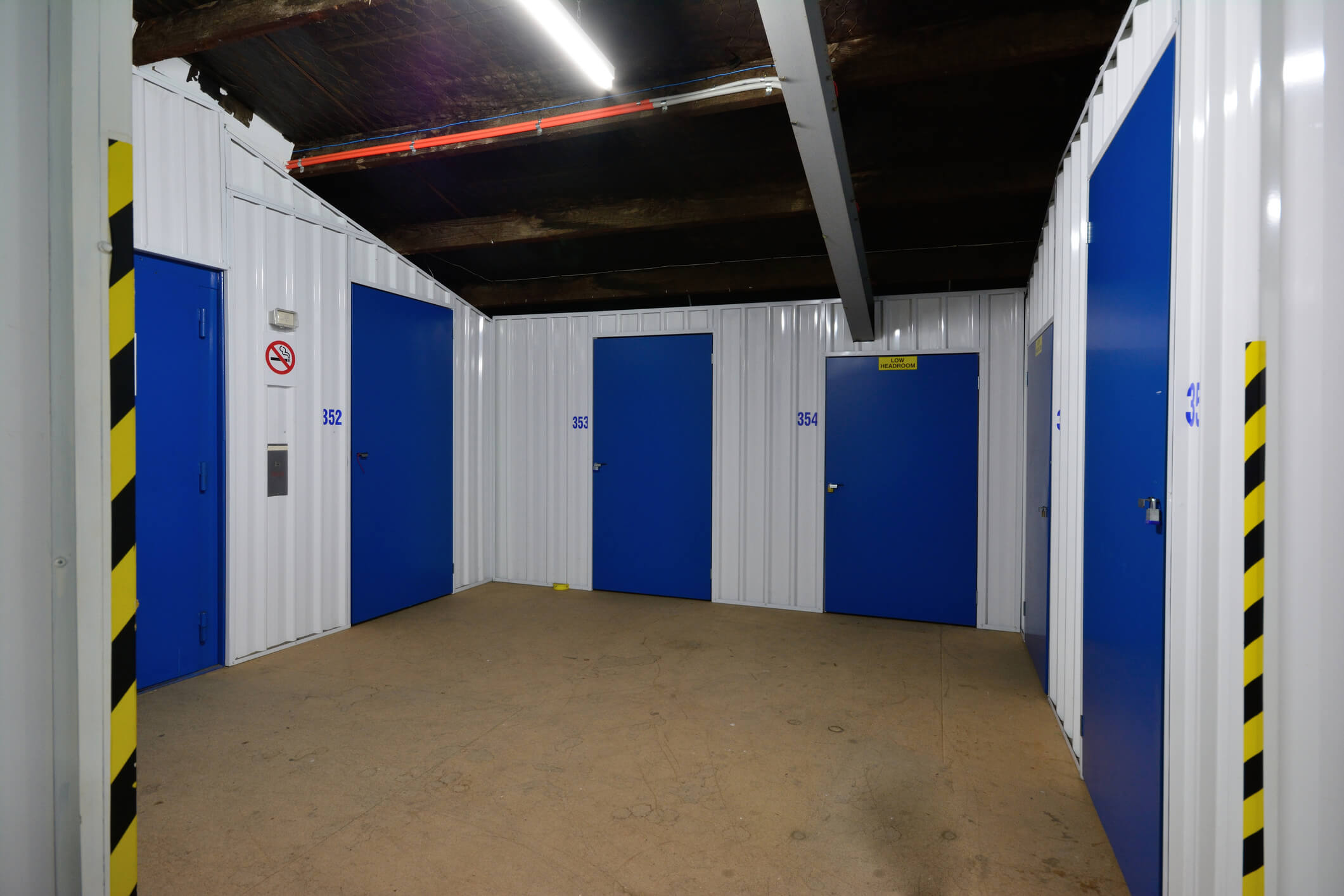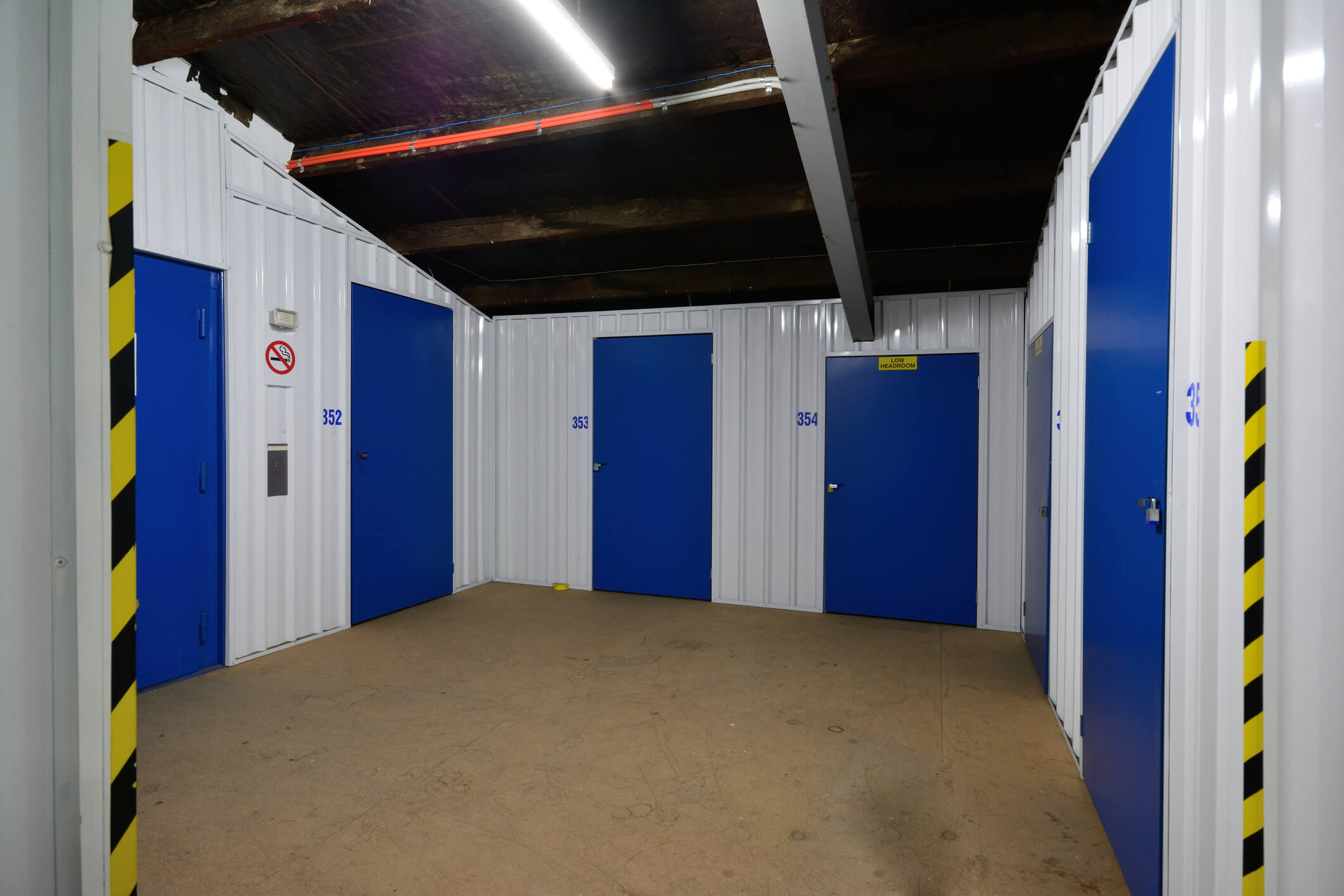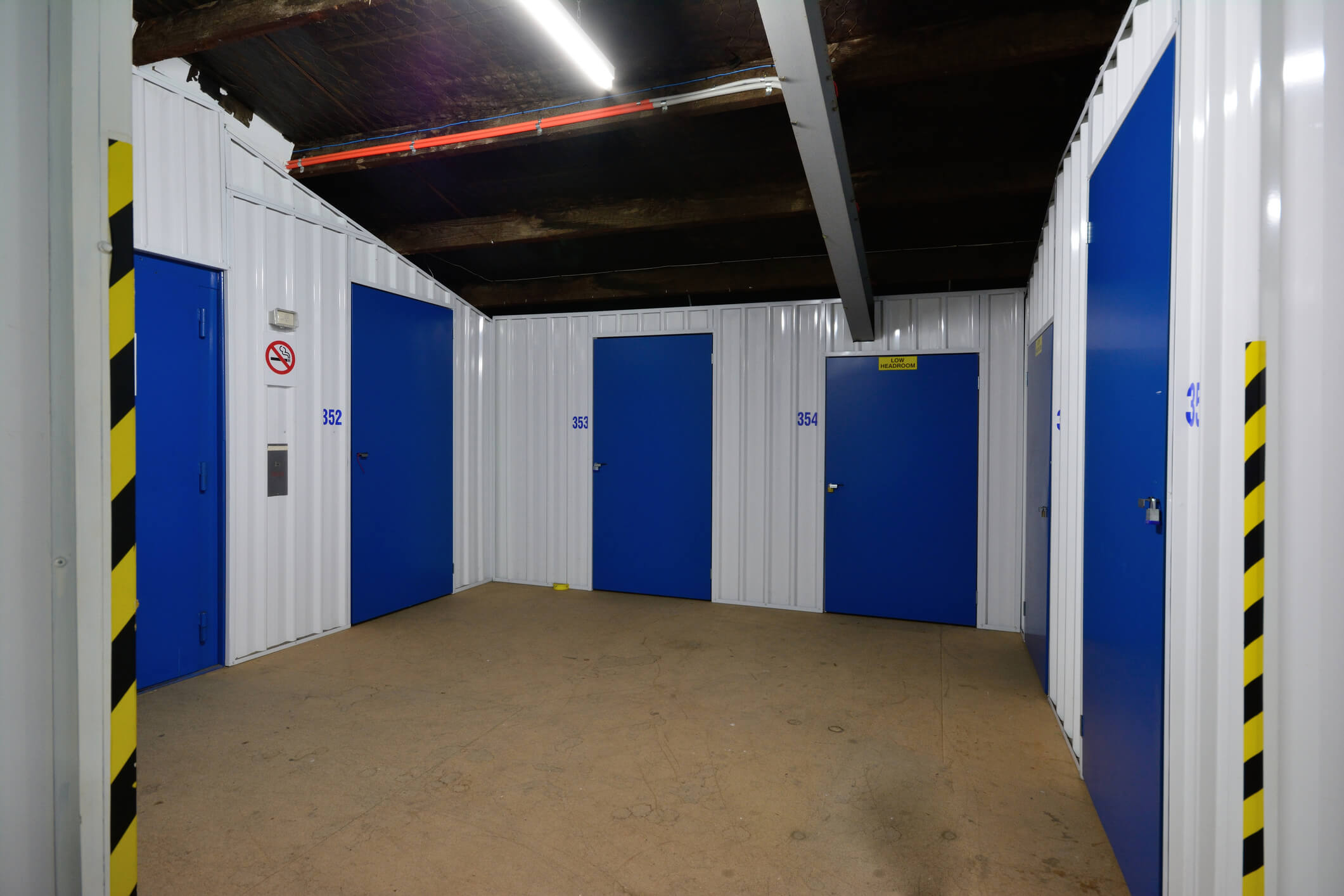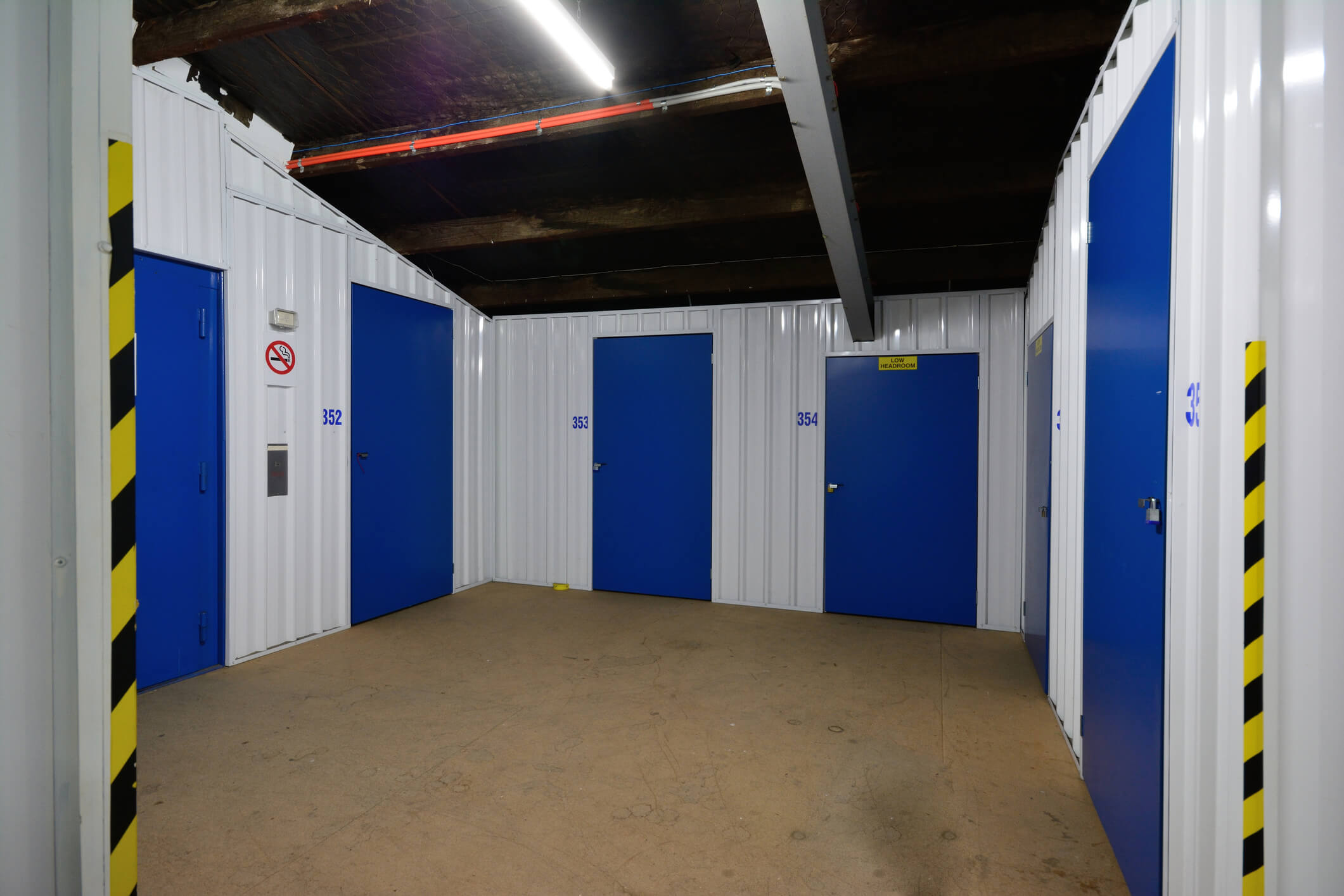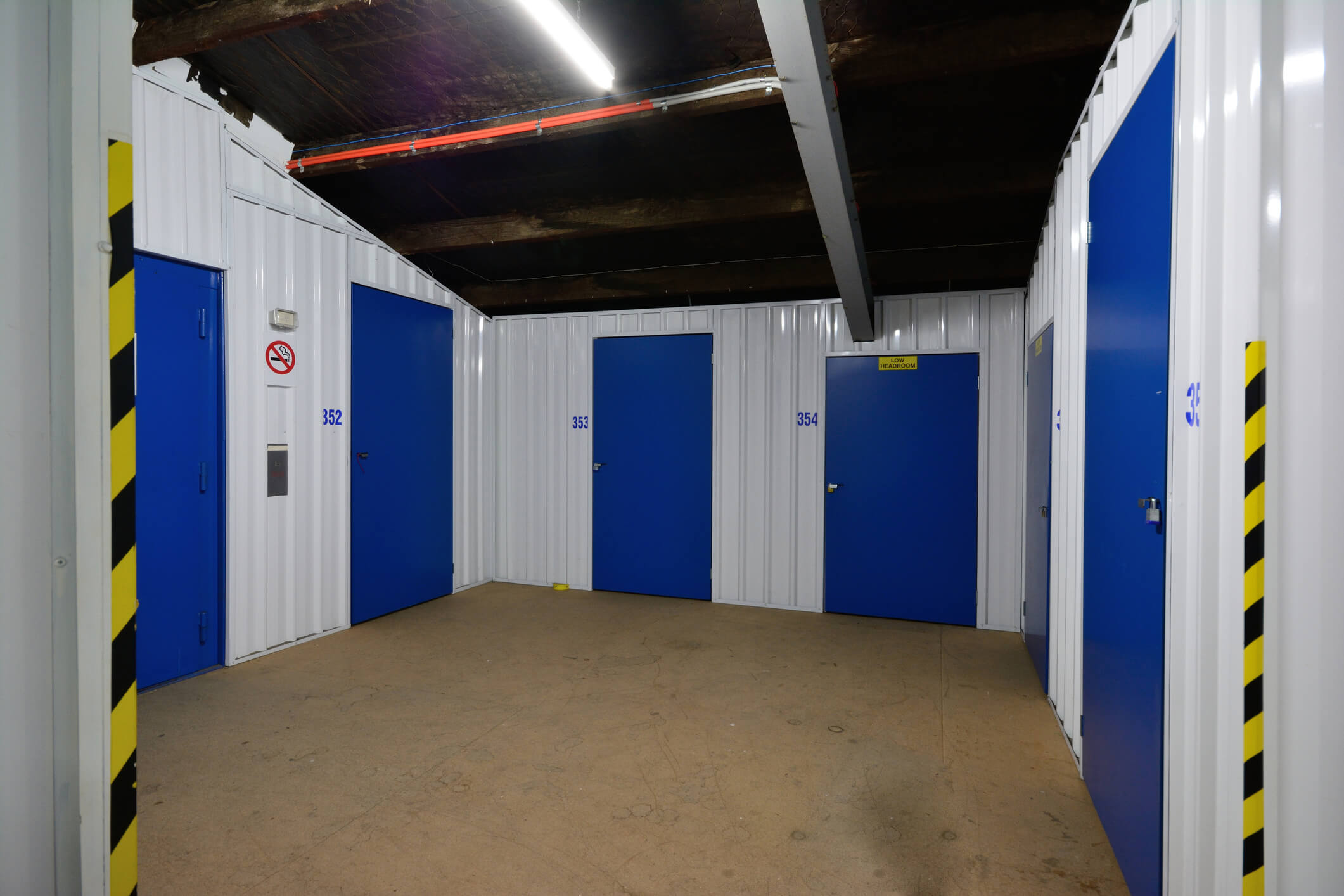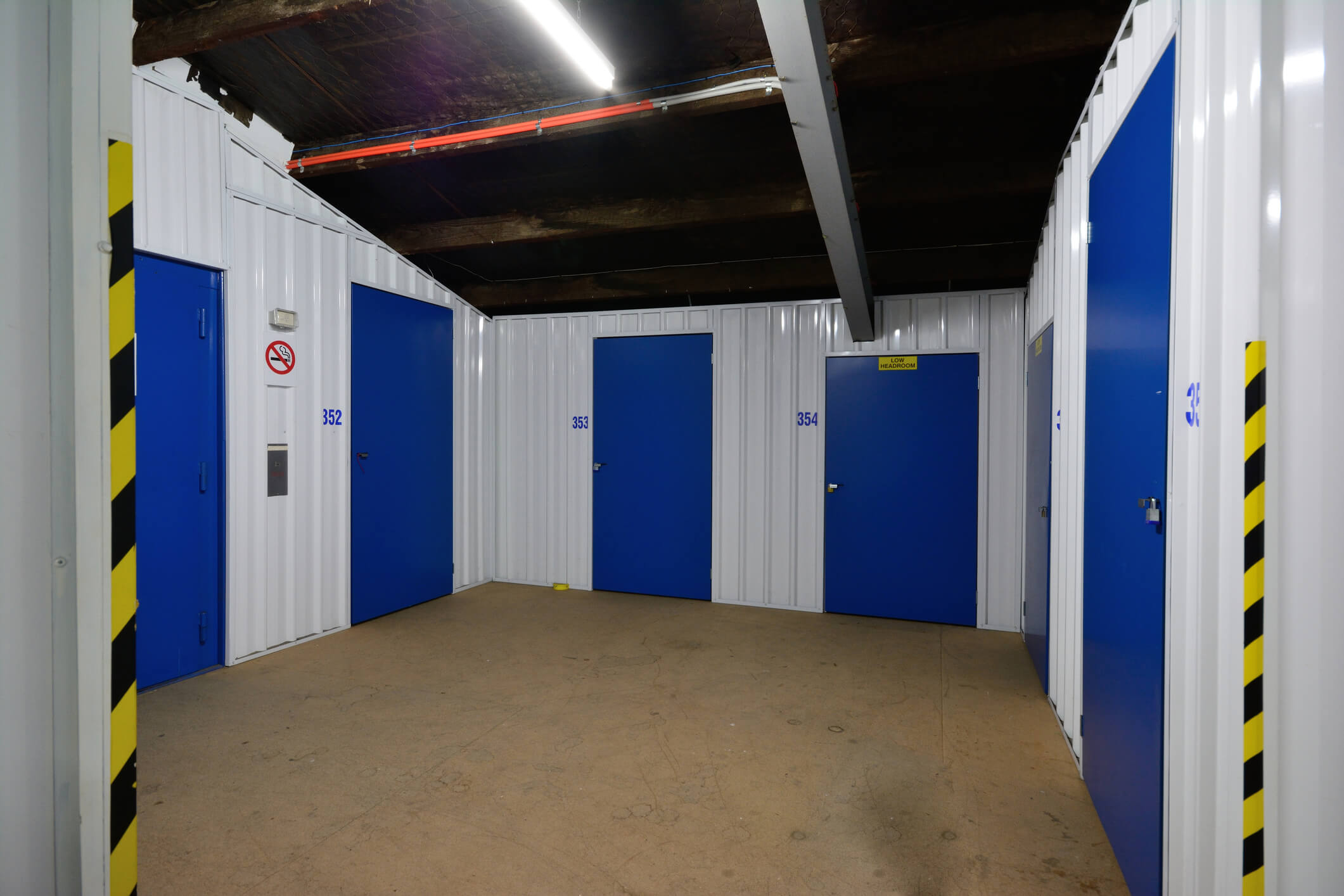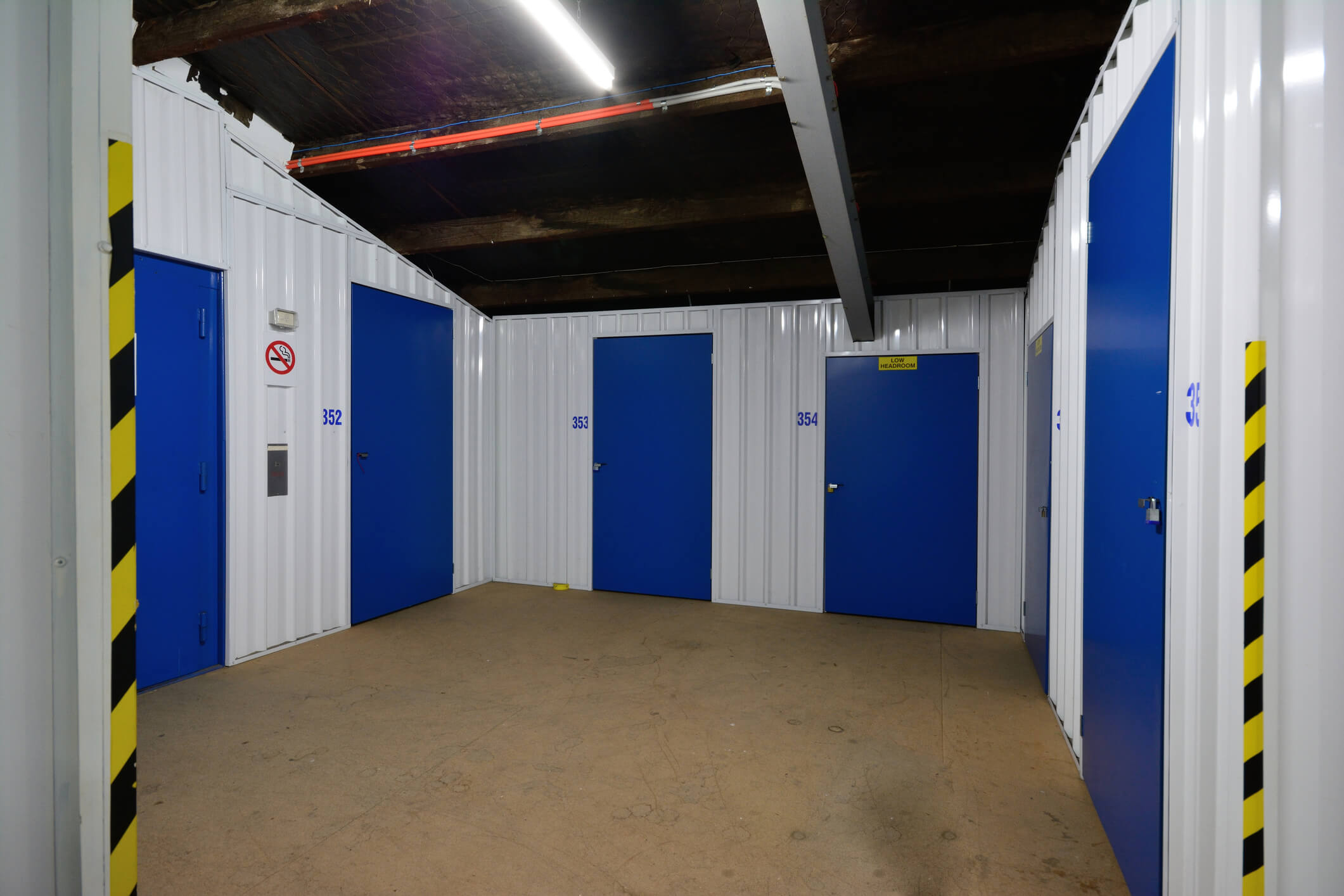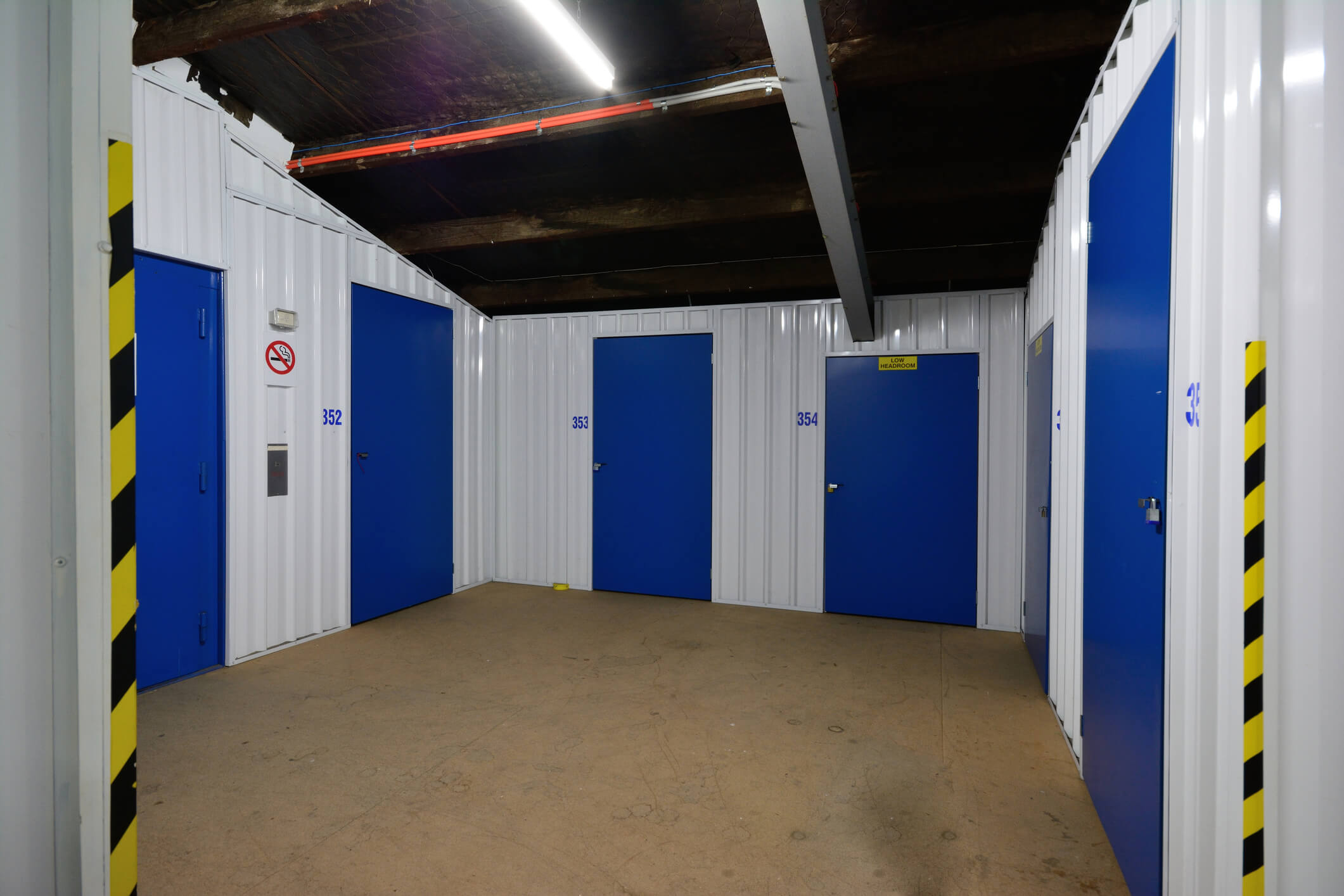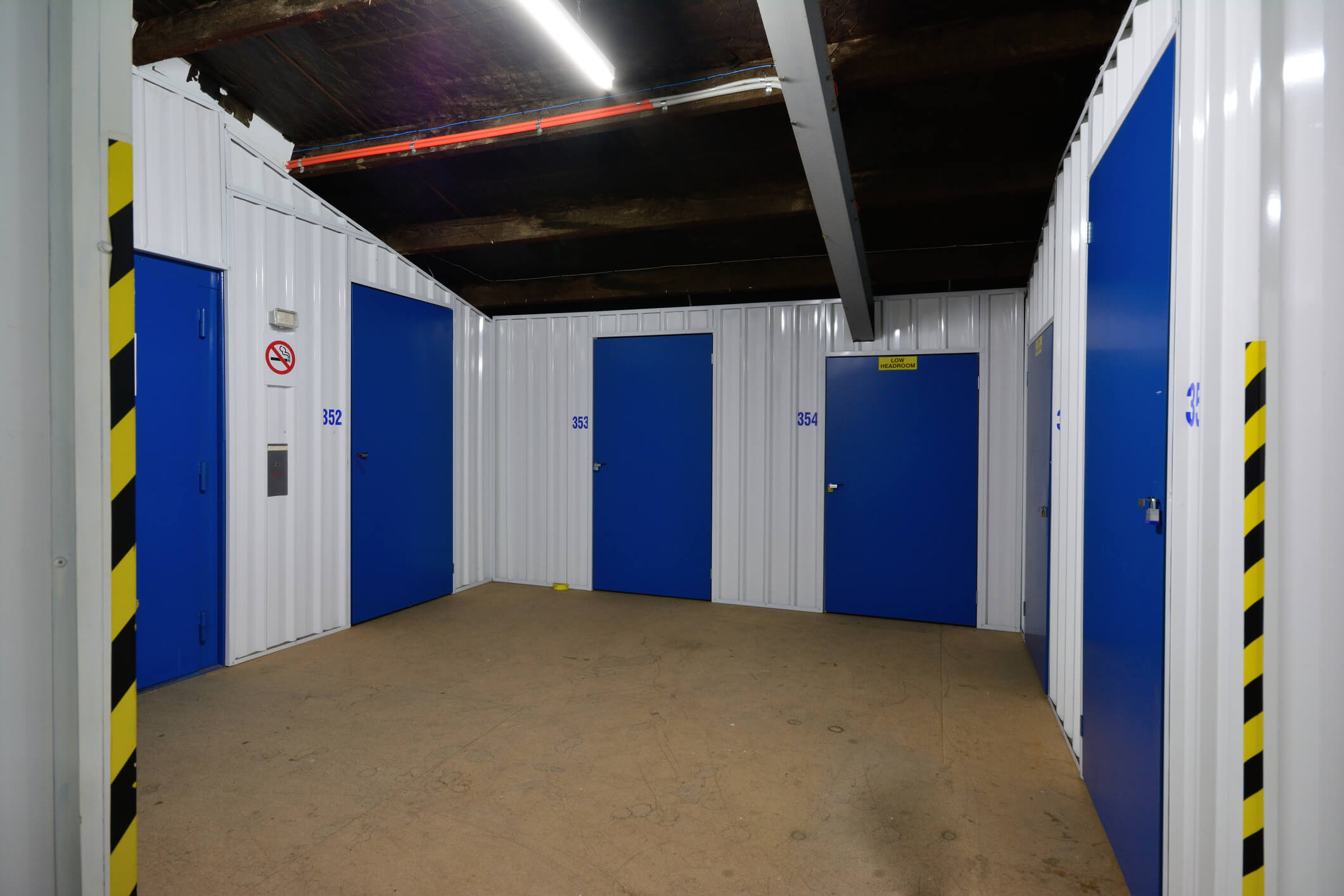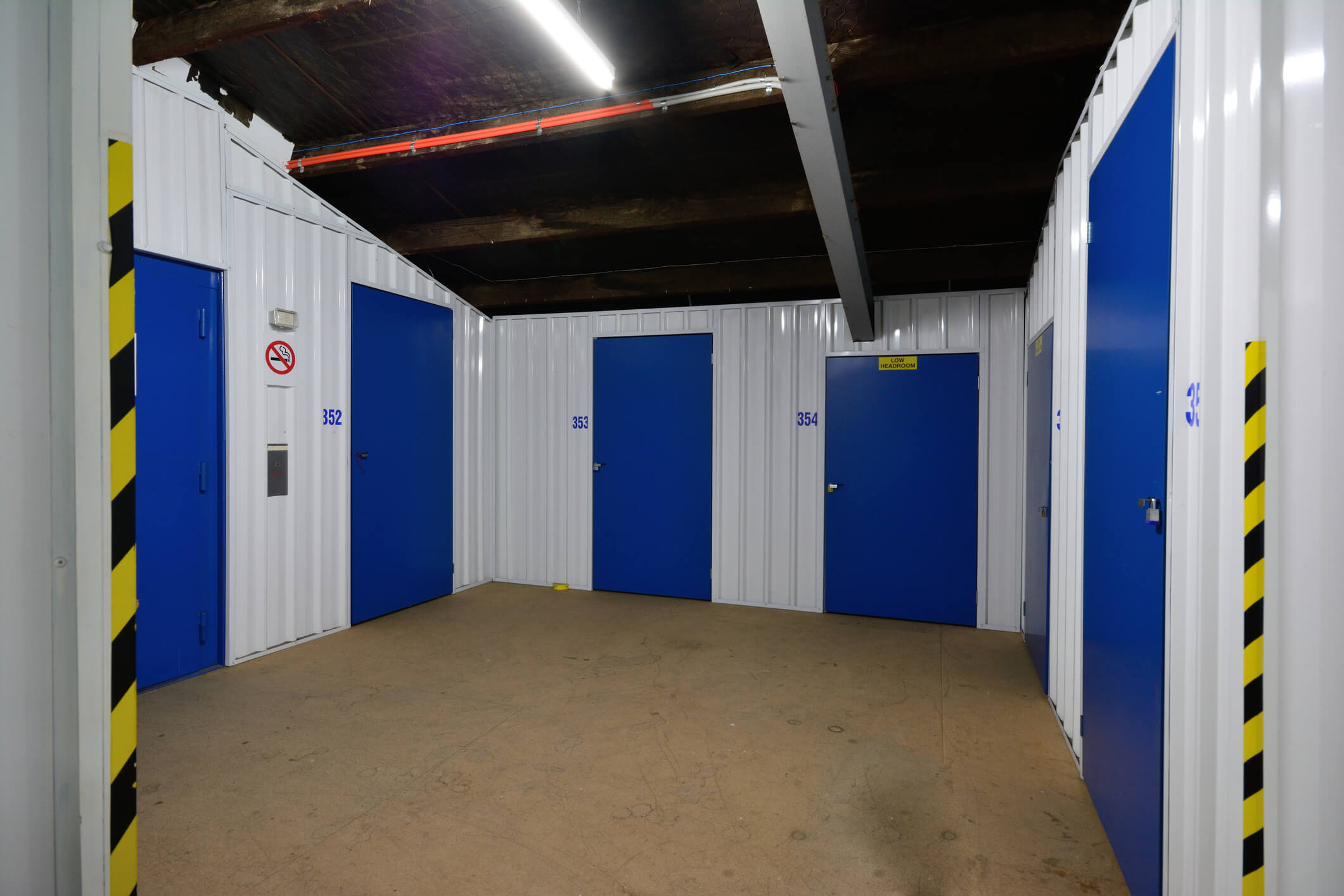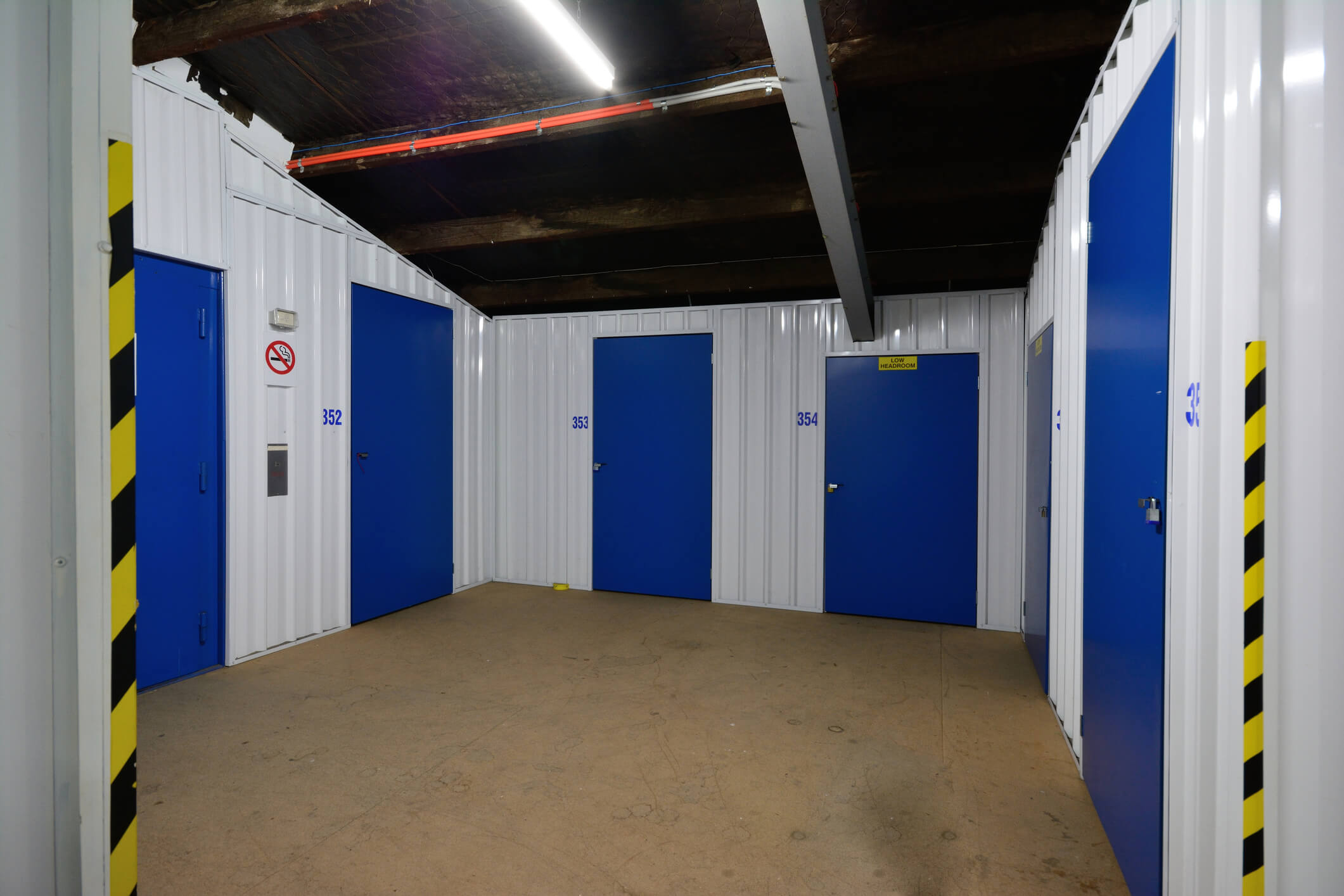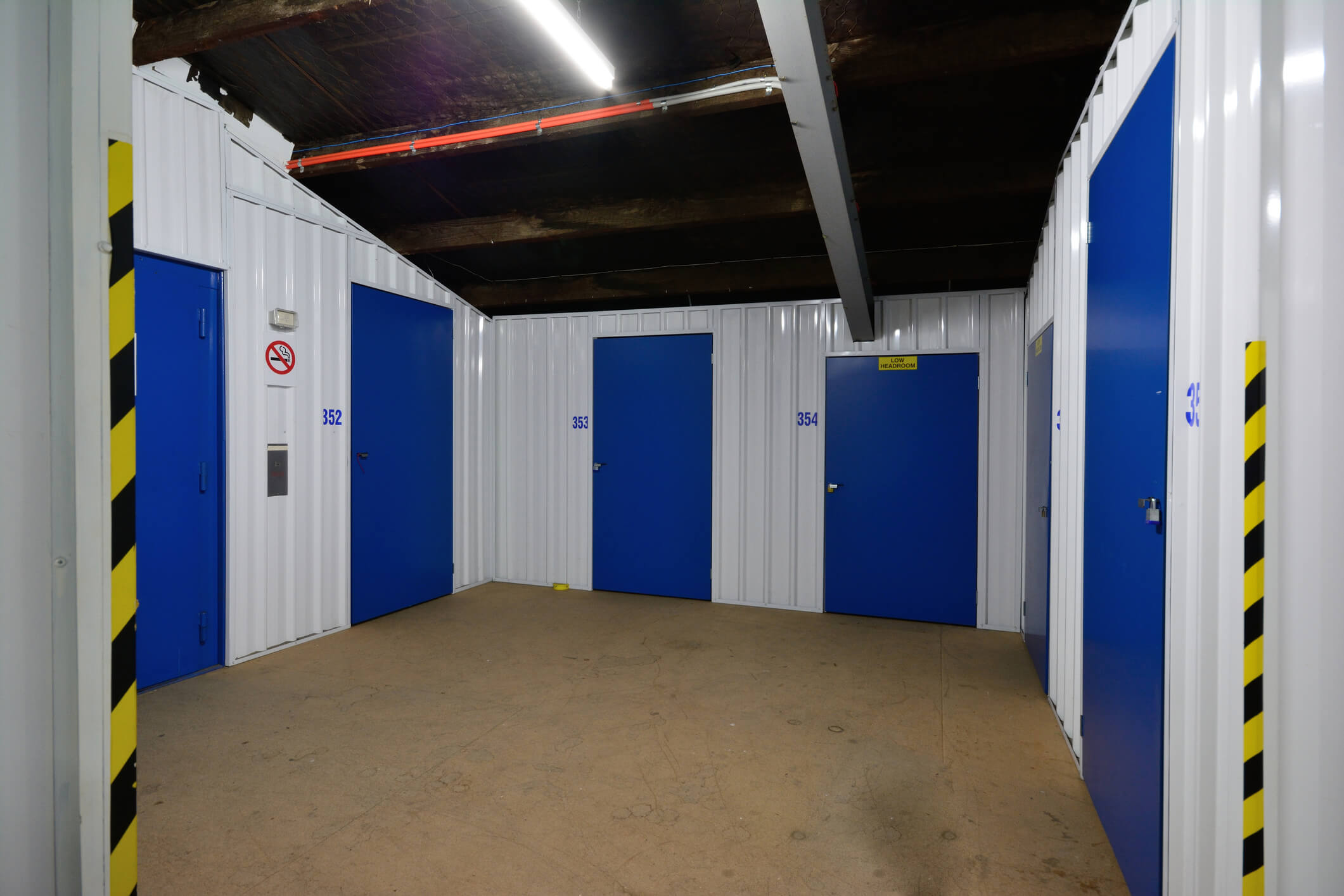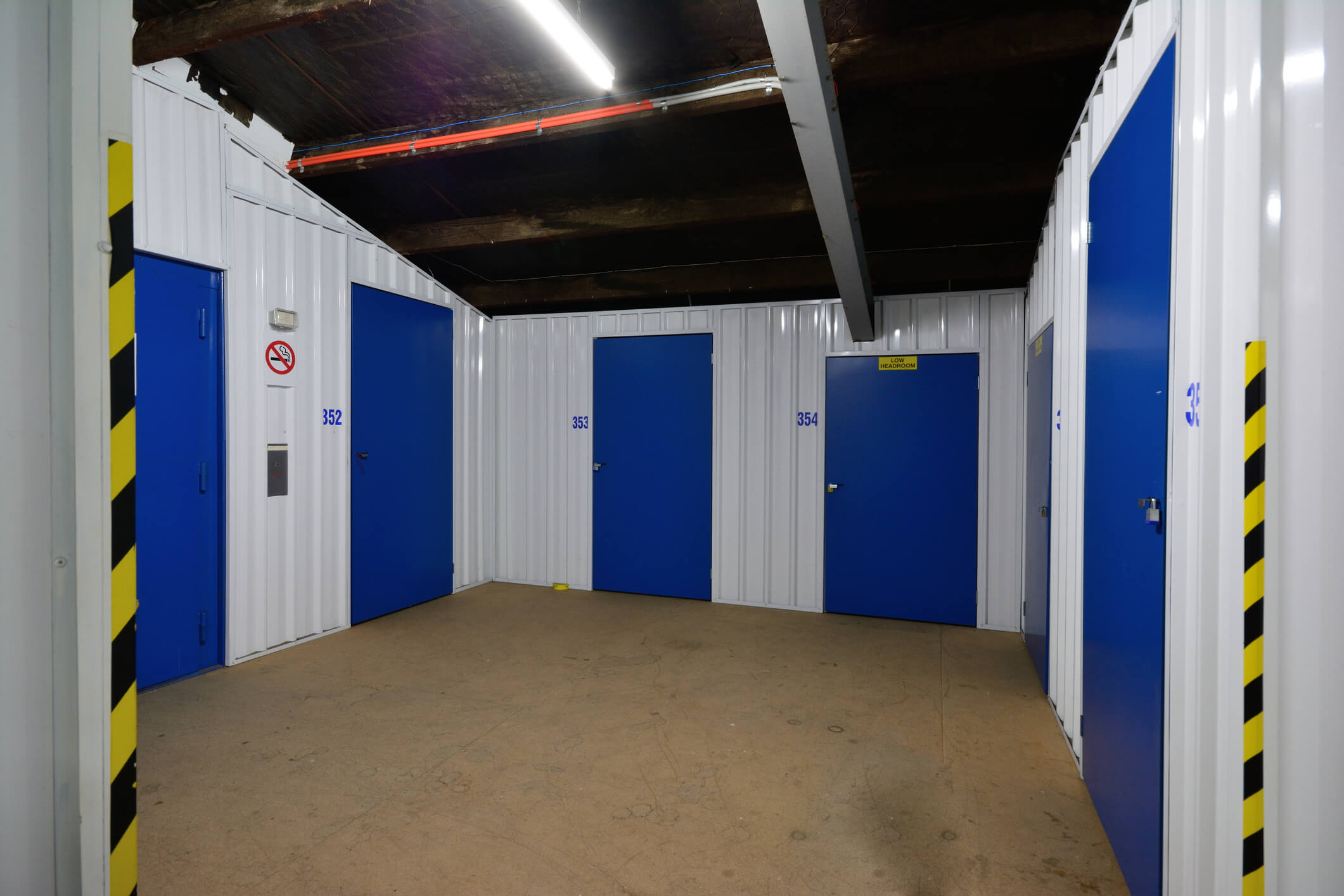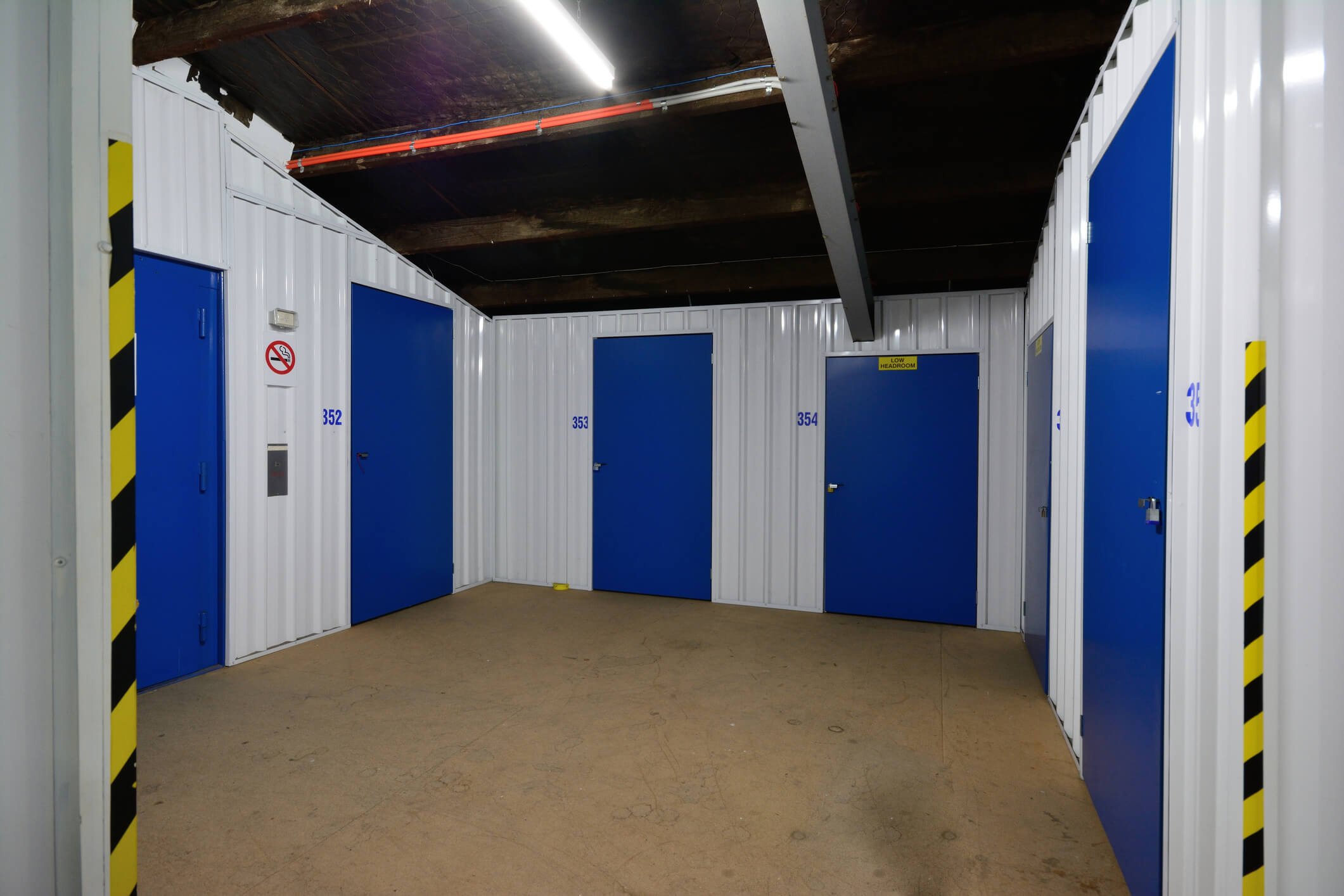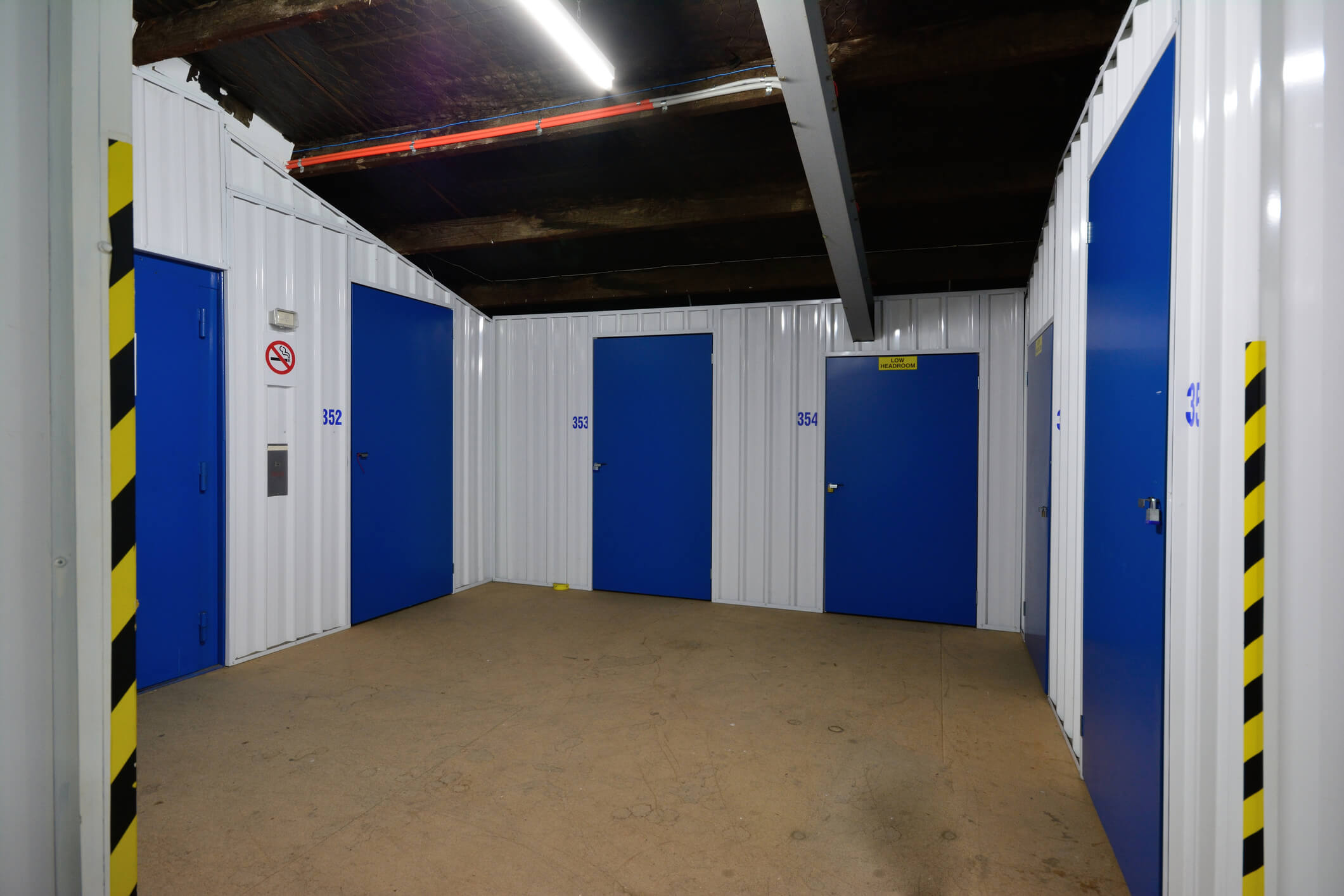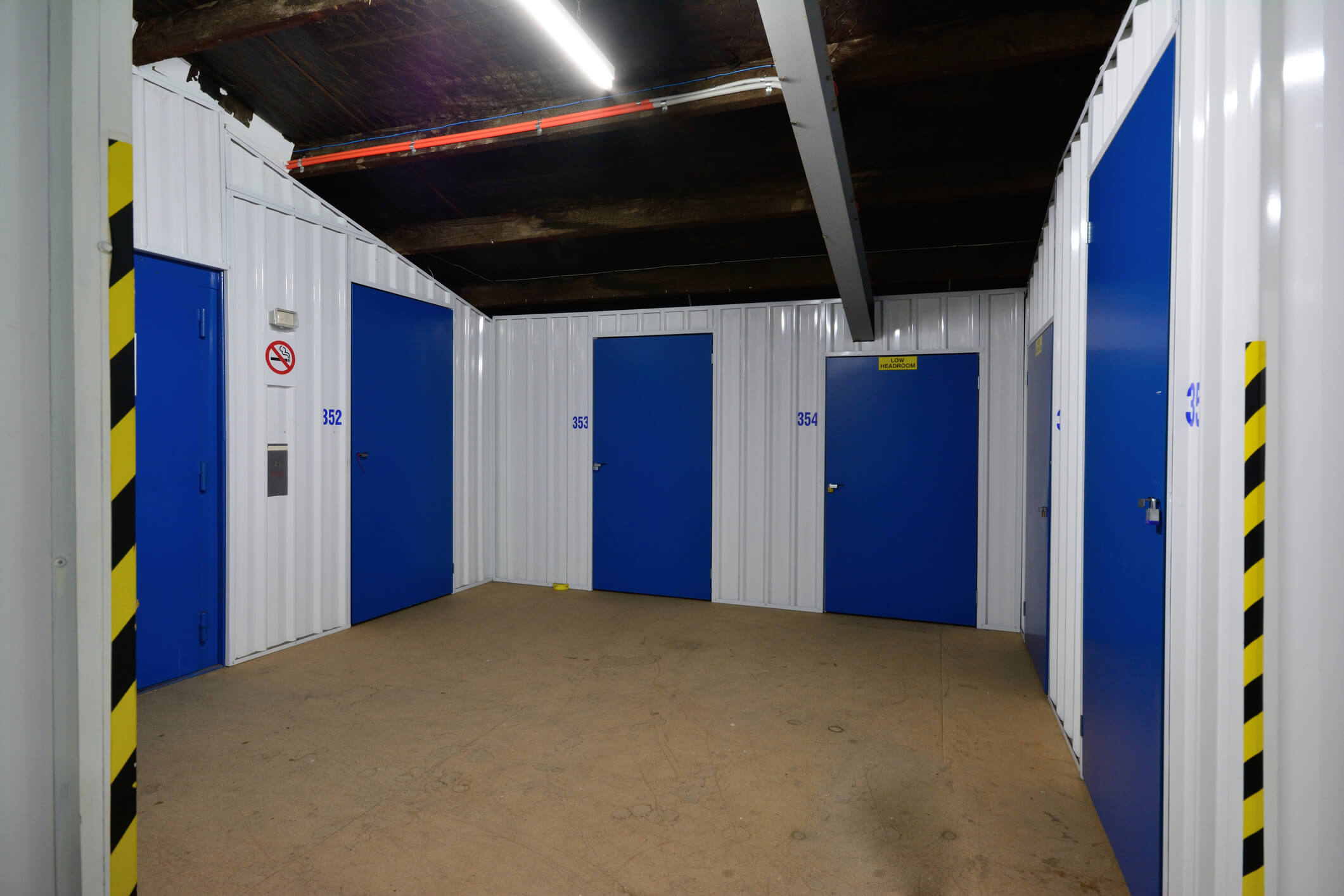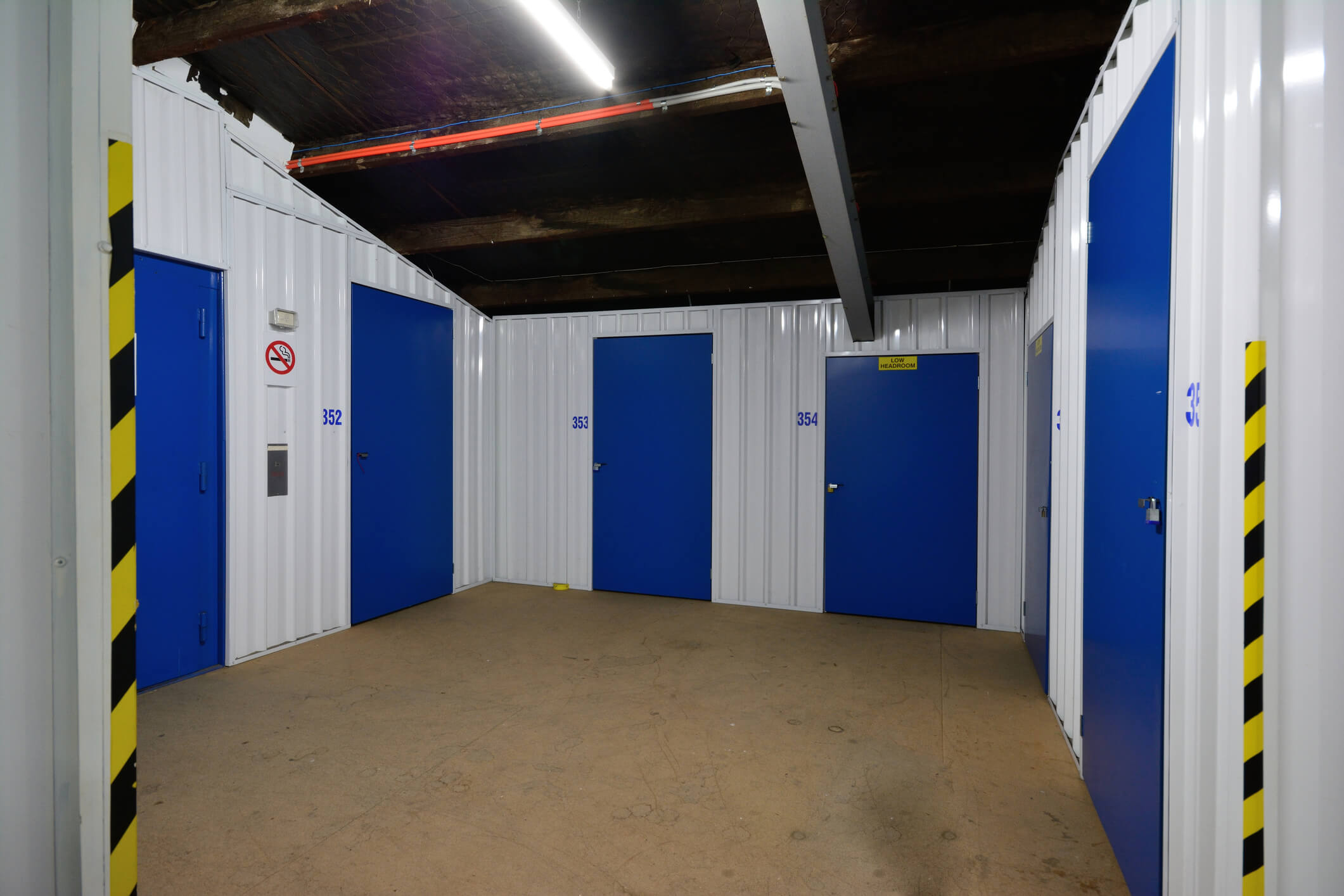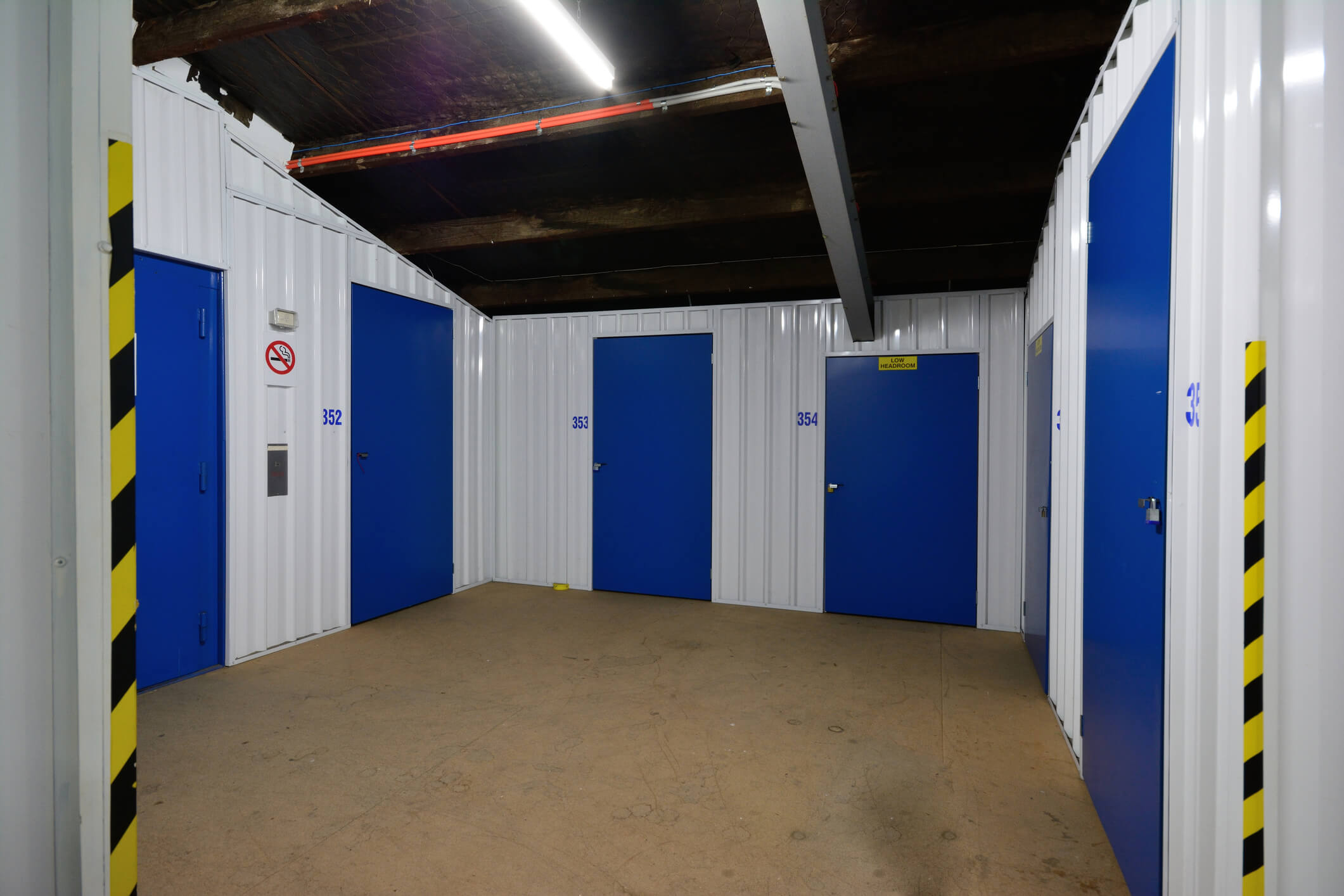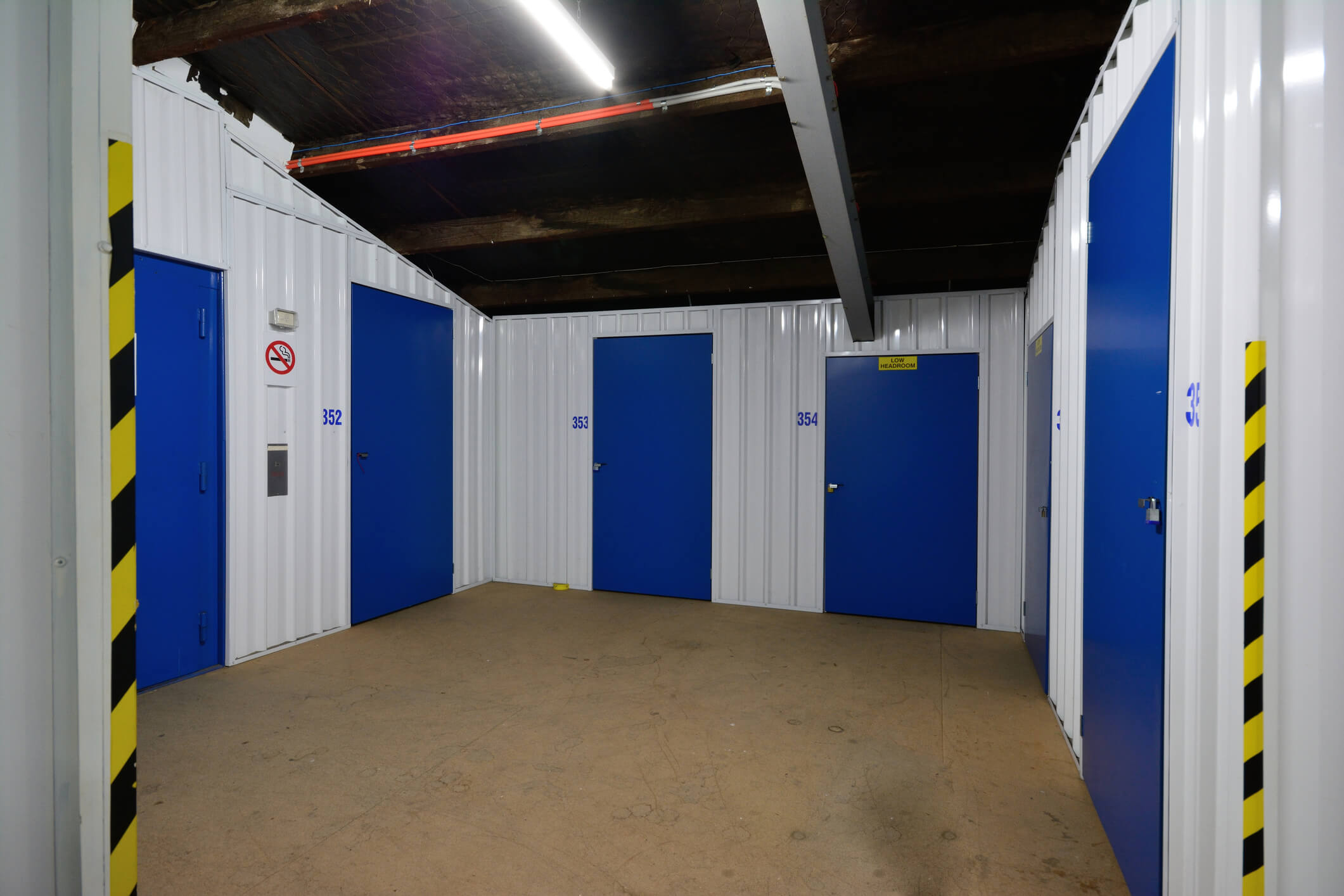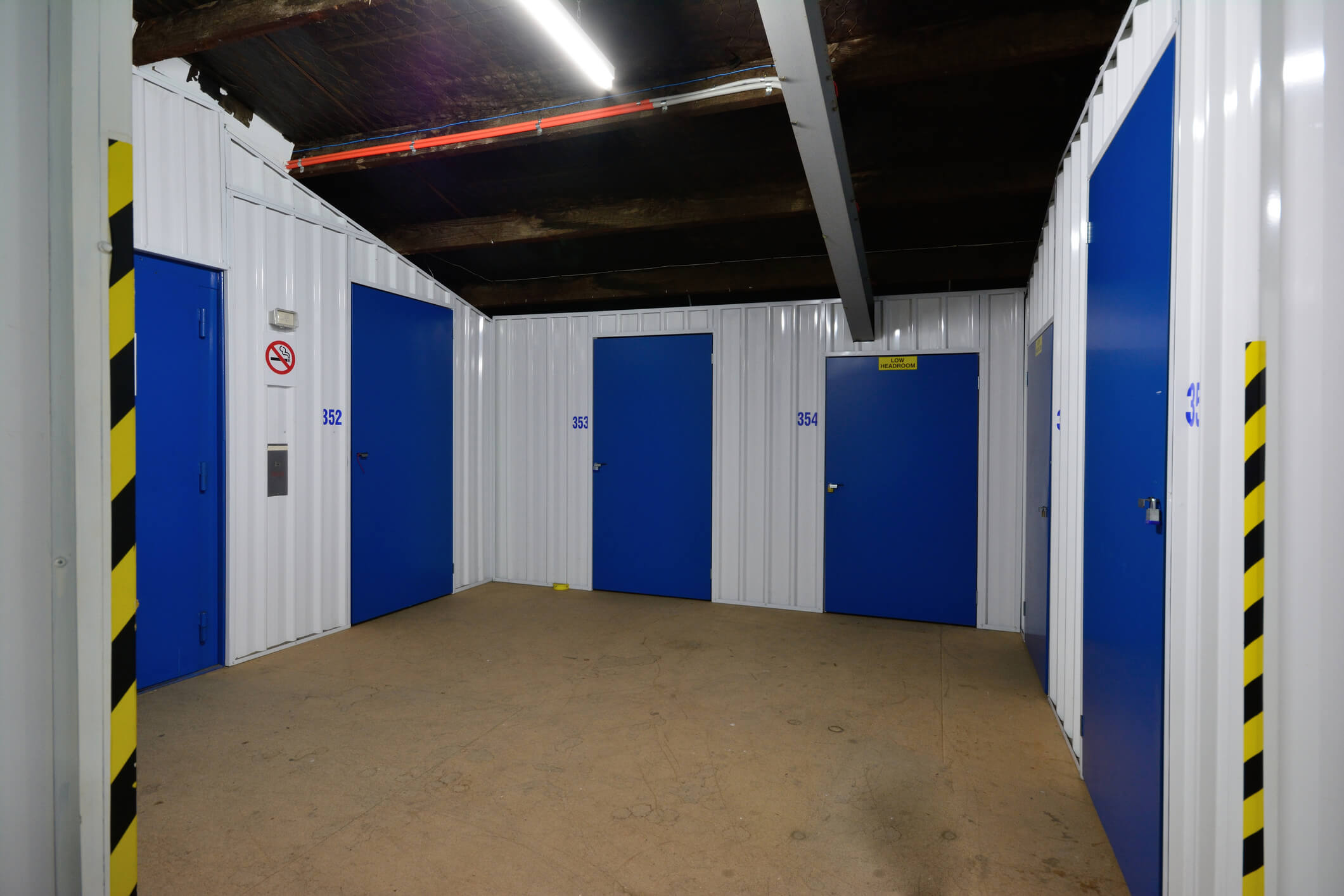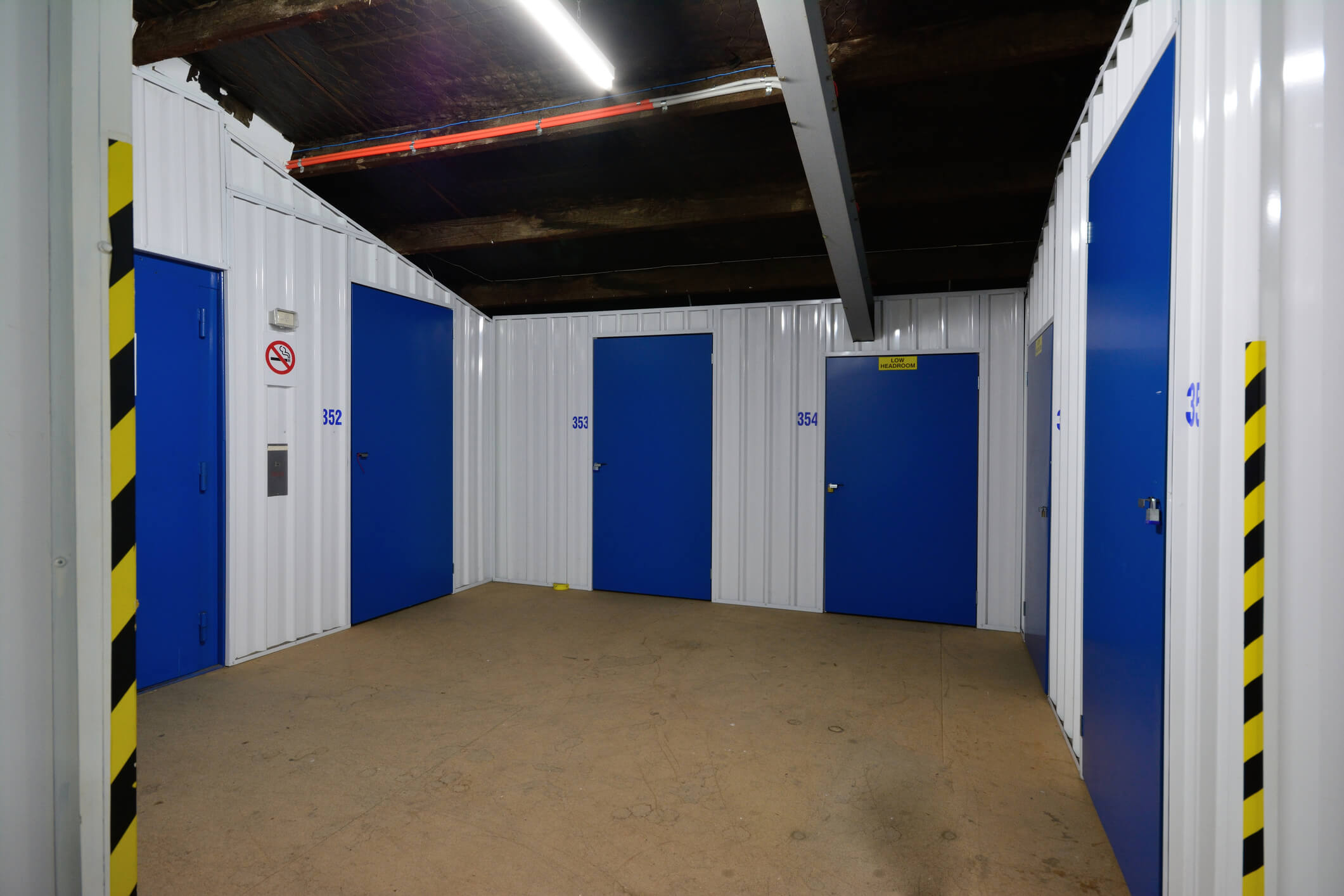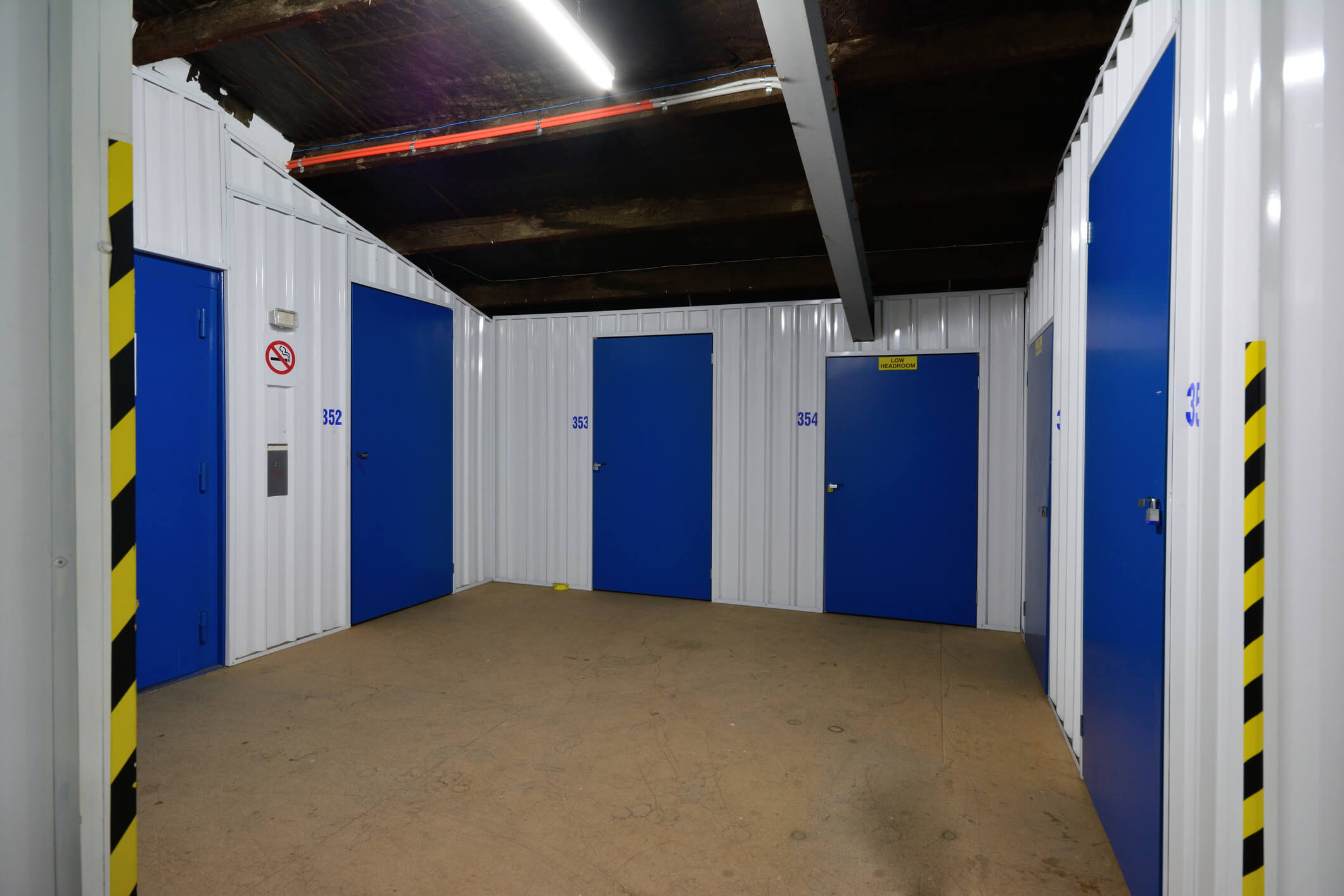Running a storage facility business involves significant operational risks that could force temporary closure or severely impact your ability to generate revenue. From fire damage and flooding to equipment failures and cyber attacks, numerous events can disrupt your operations and threaten your financial stability. Storage Facility Business Interruption Insurance provides crucial protection when unforeseen circumstances force you to cease or reduce operations.
Understanding Business Interruption Insurance for Storage Facilities
Business Interruption Insurance, also known as Business Income Insurance, compensates storage facility owners for lost income during periods when normal operations cannot continue due to covered perils. Unlike property insurance that covers physical damage to buildings and contents, business interruption insurance focuses on the financial losses resulting from operational disruptions.
For storage facilities, this coverage becomes particularly important given the recurring revenue model based on monthly rental fees from tenants. When facilities cannot operate normally, rental income stops while fixed costs like mortgage payments, utilities, and staff salaries continue.
Key Coverage Areas for Storage Facilities
Lost Rental Income Protection
The primary benefit covers lost rental income during the period of restoration. This includes monthly rental fees from existing tenants that cannot be collected due to facility closure or restricted access. Coverage typically extends to the time reasonably required to repair, rebuild, or replace damaged property and resume normal operations.
Additional Operating Expenses
Business interruption insurance covers extra expenses incurred to minimize the suspension of business operations. For storage facilities, this might include costs for temporary storage solutions for displaced tenants, additional security measures, or expedited repair services to resume operations quickly.
Civil Authority Coverage
This provision covers losses when government authorities prohibit access to your storage facility due to damage at nearby properties. For example, if a fire at an adjacent building forces authorities to close your facility for safety reasons, civil authority coverage would compensate for lost income during the closure period.
Extended Business Interruption
Coverage can extend beyond the physical restoration period to account for the time needed to rebuild customer relationships and return to pre-loss income levels. Storage facilities often experience reduced occupancy rates following major incidents as existing tenants may relocate and new customer acquisition takes time.
Common Risks Affecting Storage Facilities
Fire and Smoke Damage
Storage facilities face significant fire risks due to the variety of items stored by tenants. Electrical faults, heating system malfunctions, or tenant negligence can cause fires that force facility closure. Even minor fires can result in smoke damage requiring extensive cleaning and restoration.
Water Damage and Flooding
Burst pipes, roof leaks, or flooding can damage stored items and facility infrastructure. Water damage often requires extensive drying, dehumidification, and potential mold remediation before facilities can safely reopen.
Equipment Failures
Climate-controlled storage facilities depend on HVAC systems to maintain proper temperature and humidity levels. Equipment failures can compromise stored items and force temporary closure while repairs are completed.
Security System Failures
Storage facilities rely heavily on security systems including access controls, surveillance cameras, and alarm systems. System failures can compromise facility security and potentially require closure until repairs are completed.
Cyber Security Incidents
Modern storage facilities increasingly rely on digital access systems, online payment platforms, and customer management software. Cyber attacks can disrupt operations, prevent customer access, and halt revenue collection.
Severe Weather Events
Storms, high winds, hail, or extreme temperatures can damage facility structures, compromise security, or make facilities unsafe for customer access. Extended weather events may require prolonged closure periods.
Factors Affecting Coverage Costs
Facility Size and Value
Larger facilities with higher property values typically face higher premiums due to increased potential losses. The total insurable value includes buildings, equipment, and potential lost income calculations.
Location and Risk Exposure
Facilities in areas prone to natural disasters, high crime rates, or industrial hazards may face higher premiums. Proximity to fire departments and emergency services can positively impact rates.
Security Measures
Comprehensive security systems including surveillance cameras, access controls, fire detection, and alarm systems can reduce premiums by demonstrating risk mitigation efforts.
Tenant Mix and Stored Items
Facilities storing high-risk items or serving commercial customers may face different risk profiles than those primarily serving residential customers with household goods.
Business Continuity Planning
Facilities with documented emergency procedures, backup systems, and disaster recovery plans may qualify for premium discounts by demonstrating preparedness for potential disruptions.
Calculating Appropriate Coverage Limits
Annual Revenue Analysis
Coverage limits should reflect annual gross revenue from rental income, late fees, and ancillary services. Consider seasonal fluctuations and growth projections when determining appropriate limits.
Fixed Cost Obligations
Calculate ongoing expenses that continue during closure including mortgage or lease payments, insurance premiums, minimum utility charges, and essential staff salaries.
Recovery Time Estimates
Consider realistic timeframes for different types of losses. Minor repairs might require days or weeks, while major damage could necessitate months of closure for rebuilding.
Market Competition
Evaluate local market conditions and competition that might affect customer retention and new tenant acquisition following a business interruption event.
Policy Exclusions and Limitations
Waiting Periods
Most policies include waiting periods before coverage begins, typically ranging from 48 to 72 hours. This prevents claims for minor, short-term disruptions.
Pandemic and Communicable Disease
Many policies exclude losses related to pandemics or communicable diseases unless specifically added through endorsements.
Utility Interruptions
Standard policies may not cover losses from utility service interruptions unless they result from covered perils affecting your property.
Tenant-Caused Damage
Losses resulting from tenant negligence or intentional acts may be excluded unless specifically covered.
Ordinance and Law Changes
Costs associated with compliance with updated building codes or regulations during reconstruction may require separate coverage.
Specialized Considerations for Storage Facilities
Climate-Controlled Units
Facilities offering climate-controlled storage face unique risks if HVAC systems fail. Coverage should address both lost income and potential liability for damaged stored items.
Vehicle Storage
Facilities storing vehicles, boats, or RVs may need specialized coverage addressing the unique risks associated with these higher-value items.
Document Storage
Commercial document storage facilities require consideration of business continuity needs for commercial clients who depend on access to stored records.
Self-Storage vs. Full-Service
Full-service facilities offering packing, moving, or inventory management services may need broader coverage than basic self-storage operations.
Claims Process and Documentation
Immediate Response
Contact your insurance provider immediately following any incident that could result in business interruption. Prompt notification helps ensure coverage and enables faster claims processing.
Documentation Requirements
Maintain detailed records of lost income, additional expenses, and recovery efforts. Financial records, tenant agreements, and operational documentation support claims processing.
Mitigation Efforts
Take reasonable steps to minimize losses and resume operations quickly. Insurance providers expect policyholders to make reasonable efforts to reduce the impact of covered events.
Professional Assistance
Consider engaging public adjusters or insurance attorneys for significant claims to ensure proper documentation and maximize recovery.
Risk Management Best Practices
Regular Maintenance
Implement preventive maintenance programs for HVAC systems, security equipment, and facility infrastructure to reduce the likelihood of equipment failures.
Emergency Procedures
Develop and regularly update emergency response procedures addressing fire, flooding, security breaches, and other potential disruptions.
Tenant Communication
Establish communication protocols to keep tenants informed during emergencies and facilitate smooth operations resumption.
Backup Systems
Install backup power systems for critical operations and consider redundant security and access control systems.
Staff Training
Train staff on emergency procedures, evacuation protocols, and basic incident response to minimize confusion during actual events.
Working with Insurance Professionals
Specialized Agents
Work with insurance agents experienced in commercial property and storage facility risks who understand the unique challenges facing your industry.
Regular Reviews
Conduct annual policy reviews to ensure coverage limits remain appropriate as your business grows and market conditions change.
Coverage Comparisons
Compare offerings from multiple insurers to ensure competitive rates and comprehensive coverage addressing your specific risks.
Industry Associations
Leverage storage facility industry associations for recommendations on insurance providers and risk management resources.
Conclusion
Storage Facility Business Interruption Insurance provides essential financial protection when operational disruptions threaten your revenue stream. The recurring income model of storage facilities makes business interruption coverage particularly important, as even short-term closures can significantly impact cash flow and profitability.
Proper coverage should address lost rental income, additional operating expenses, and extended recovery periods while considering the unique risks facing storage facilities. Working with experienced insurance professionals and implementing comprehensive risk management practices helps ensure adequate protection and potentially reduce coverage costs.
The investment in business interruption insurance provides peace of mind knowing that your storage facility business can weather unexpected disruptions and continue serving customers long-term. As the storage industry continues evolving with new technologies and changing customer expectations, maintaining appropriate business interruption coverage becomes increasingly important for sustainable business operations.


 0330 127 2333
0330 127 2333

